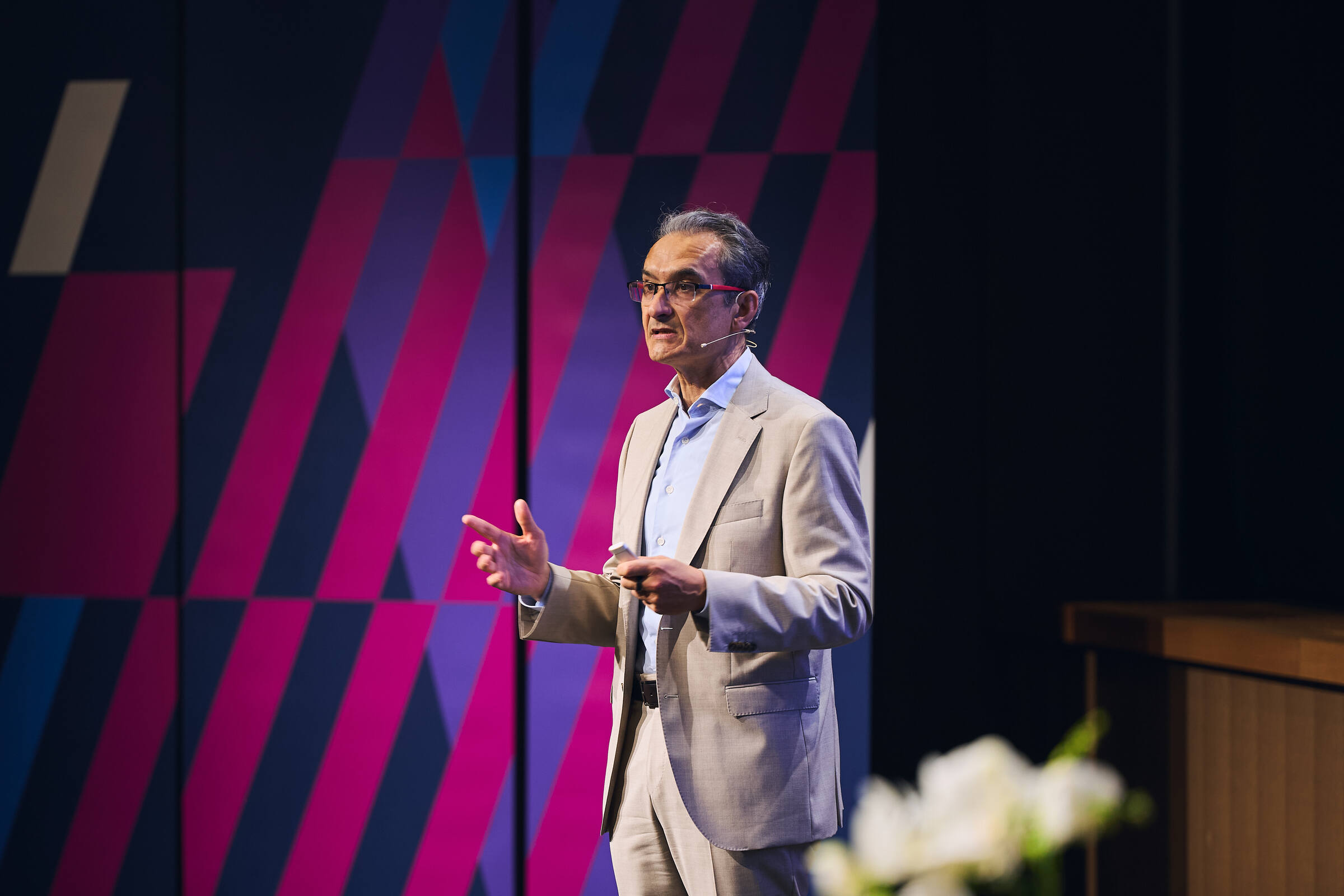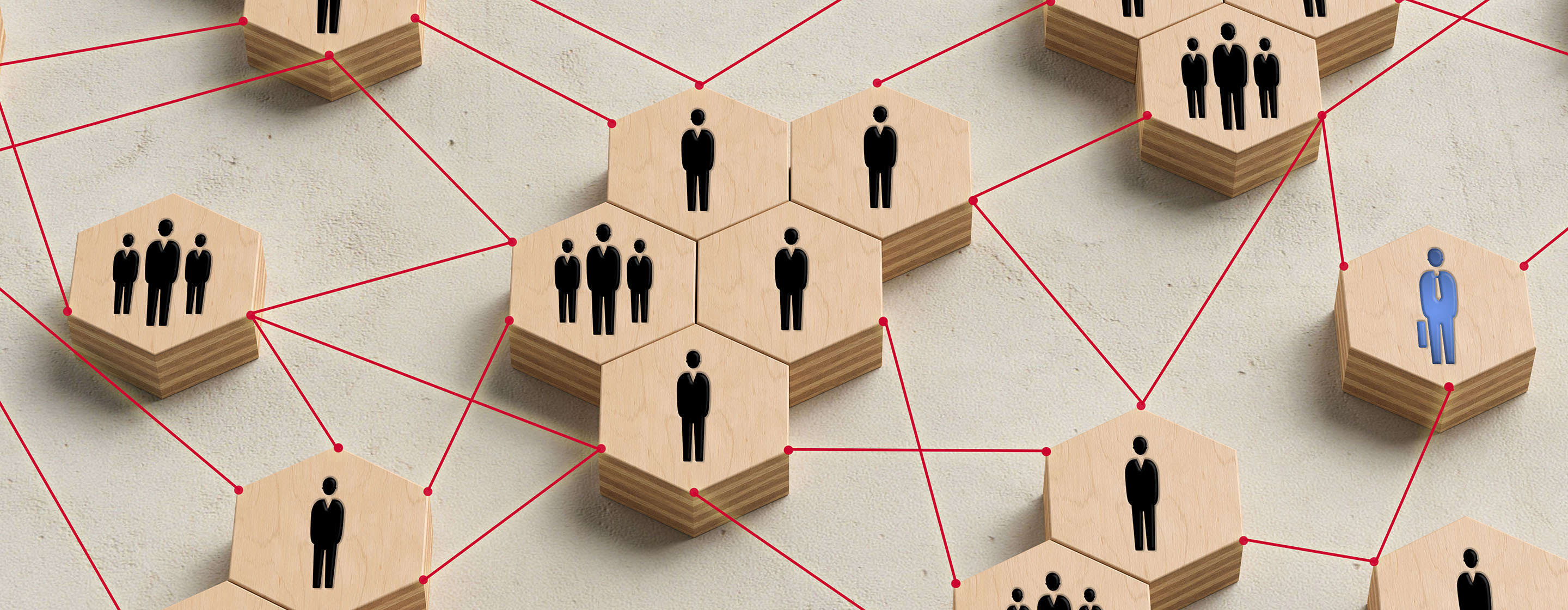
We are failing at failing
We don’t fail enough; we need to fail faster, fail bigger, fail more often; convince our leaders that failure is acceptable. It’s almost as if we are saying that: “if only we were more accomplished failers, we could create miracles!” I hear such calls every day in conversations with corporate leaders at IMD. They are loud, clear and incessant, and there is real angst and pathos in the conversations that generate these calls.
A few years ago (April 2011), the noise over failure had grown so loud that the Harvard Business Review devoted an entire issue – the failure issue – to addressing these concerns. The introduction to that issue began with the admission that: “Failure. We’re hypocrites about it. Go online, and you’ll find scores of pleasant aphorisms celebrating the inevitability of failure and the importance of learning from it. But in real life—and in real companies—failure is anathema. We’re afraid of it. We avoid it. We penalize it”.
In addition, we now know that not everyone is in a position to fail gracefully. In a recent New York Times opinion piece, Kate Losse has pointed out that: “what is not being mentioned in the marketing of failure is that not everyone can, shall we say, fail successfully”. She quotes one entrepreneur as wisely perceiving that “What counts as failure is subjective,” and is determined, in part, by who you are, and what you’ve done before this particular experience.
There is no end to such sentiments and there seems to be little doubt that for firms, big and small, public or private, failure is a problem. While the reasons vary, everyone is in agreement: We are failing at failure!
But this is the wrong message. Failure hurts because it is just that, failure! Even when done well, small failure can be costly. If you fail over and over again, you could jeopardize your chances for future success, no matter who you are or how small the cost. Failure is not the goal. The goal is learning; the goal is to be more experimental as a path to learning. Failure is an unavoidable consequence of choosing this learning path. It is for that reason, for the learning that we hope to acquire, that we want to become more adept at failure, not to get better at failure itself.
Part of our awkwardness with failure is undoubtedly due to the realization that we didn’t actually need to fail as much in the past as we do today. For most of the post-industrial revolution economy, “uncertainty” was the primary enemy of decision-making that needed to be mastered, which led to a more than 200 year pursuit of variance reduction as the one right way to work. We learned by doing, or by optimizing, and inevitably got some things wrong along the way, but we had confidence in our assumptions and could correct and move on. Even when we were surprised by “deviations” or “outliers” we knew where we were headed and we could adjust.
Today, more and more decision-making is taking place in a world of the “unknown,” where there is little or no experience to rely upon and where the assumptions are more often than not “guesses”. In such cases, “getting it wrong” is a foregone conclusion, rapid and continuous adjustment is a necessity. As a result, experimentation becomes the best hope for moving forward. New economy firms such as Google have embraced experimentation as a way of working, and Stanford’s Baba Shiv has recently pointed out that as a result of “small teams within Google who run 3,000 to 5,000 experiments a year” a lot of data is generated which should allow better choices to be made. But, even in such situations, while the by-product of experimentation is failure, the long-term goal remains “success”. We fail to succeed.
I think that every discussion of innovation needs to emphasize this simple message. When IDEO says fail faster to succeed sooner, what we should be hearing is “succeeding,” more than “failing”. And, incidentally, the other thing that IDEO has very effectively taught us all is that when failure is unavoidable, fail fast, and fail small. If you take the cost and time-lost pain out of failing, it becomes much easier to accept it as a necessary cost of succeeding sooner. If you build a support structure to reduce the cost of failing, then failure becomes inconsequential.
So, let’s stop worrying about our inadequacies as failers and stress our aspirations as learners. It was Thomas Edison, a world-class succeeder, who explained his search for the filament for the incandescent bulb as: “I have not failed. I’ve just found 10,000 ways that won’t work”. Maybe, it’s not so much building a “failing” culture that we’re failing at, as it is creating a culture that emphasizes “learning”?
Bill Fischer is a Professor of Innovation Management at IMD. He co-founded and co-directs the Driving Strategic Innovation program in cooperation with the Sloan School of Management at MIT.
He will be teaching at Orchestrating Winning Performance (OWP) in Lausanne from June 27th to July 1st.
This article was originally published on Forbes.
Research Information & Knowledge Hub for additional information on IMD publications
Last week, a notification flashed. “Add your email address for extra security,” my phone chirped. It was from WhatsApp. I stared at the screen, a single question forming in my mind: Security? Or surveillance? I tapped “No.” The feeling wasn’t ange...
Research Information & Knowledge Hub for additional information on IMD publications
Research Information & Knowledge Hub for additional information on IMD publications
Research Information & Knowledge Hub for additional information on IMD publications
in I by IMD
Research Information & Knowledge Hub for additional information on IMD publications
Research Information & Knowledge Hub for additional information on IMD publications
Research Information & Knowledge Hub for additional information on IMD publications
Research Information & Knowledge Hub for additional information on IMD publications
in I by IMD
Research Information & Knowledge Hub for additional information on IMD publications
Research Information & Knowledge Hub for additional information on IMD publications
Research Information & Knowledge Hub for additional information on IMD publications








